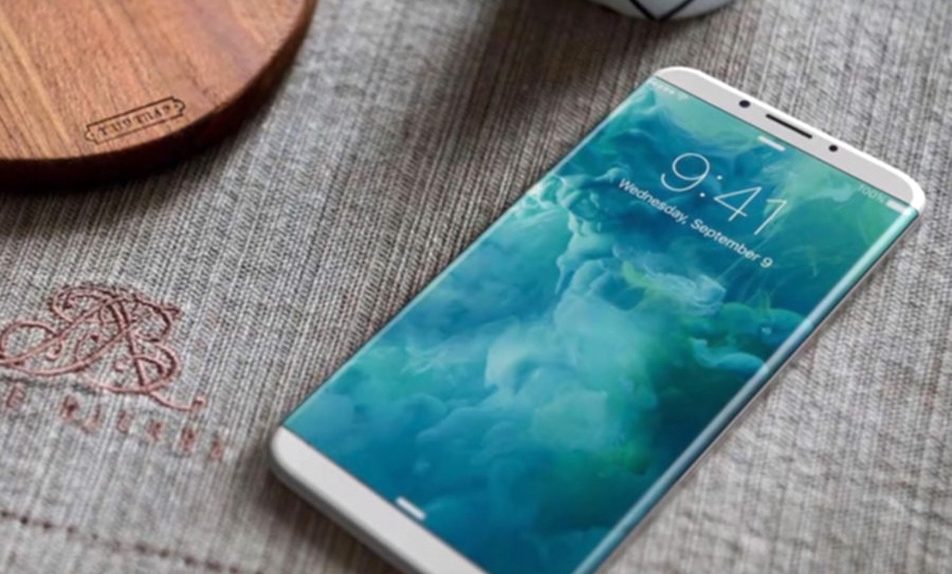Samsung has been using OLED screens in its smartphones for years, continuously improving the quality of its displays in flagship devices like the Galaxy S and Galaxy Note series. However, no matter how popular these devices are, they were not able to convince most smartphone makers to move to OLED displays. It also didn’t help that LCD screens were still a great alternative, and a cheaper one.
Come next year, the iPhone 8 will move to OLED screen, and this rumored screen technology change did not go unnoticed. Apple hasn’t even confirmed the move, and yet parts suppliers are already scrambling to meet Apple’s anticipated demand for OLED panels. And unsurprisingly, other handset makers are also considering a move from LCD to OLED.
A new report from The Wall Street Journal indicates that the iPhone is still the only smartphone that matters, important enough to cause significant ripple effects in the industry.
OLED displays are “thinner, more flexible and give better contrast,” the Journal explains, and they will replace LCDs in the future. Companies like Applied Materials and Coherent have seen a big jump in orders for the equipment necessary to manufacture OLED displays. Samsung will be the first big winner in Apple’s OLED revolution, but the company won’t be able to handle all of the demand expected to come from Apple and other smartphone makers.
Samsung will likely supply most of Apple’s OLED panels for the iPhone 8 initially, which will leave many phone makers scrambling for LCD alternatives for next year. Even Apple won’t be able to equip all 2017 iPhones with OLED screens, and some versions of the phone will reportedly still use an LCD display.
Meanwhile, other screen manufacturers including Japan Display, LG, and Sharp are investing millions in ramping up their OLED capacities to prepare for future OLED demand; Samsung is also investing in expanding its OLED operations. Most plants won’t mass-produce OLED displays until 2018 or even later.
More OLED supply will lead to lower prices, and some of these screen makers may suffer because of that, the Journal says. Samsung is seen as one company that can afford lower prices for OLED screens in the future. Of course, LCD prices are also expected to drop once there’s enough OLED supply. Currently, LCD prices have increased thanks to strong demand from Chinese smartphone vendors. Rumors say that two of Apple’s three new iPhone models in 2017 will stick with LCD screens, which should also help keep LCD prices up.
No smartphone but the iPhone can have such a big impact on the mobile industry, component suppliers included.








